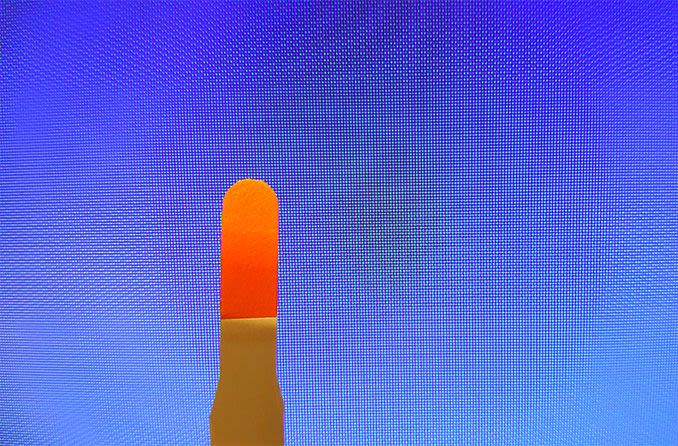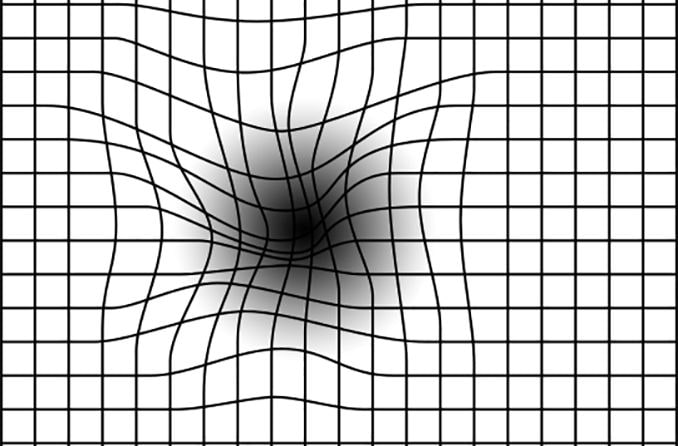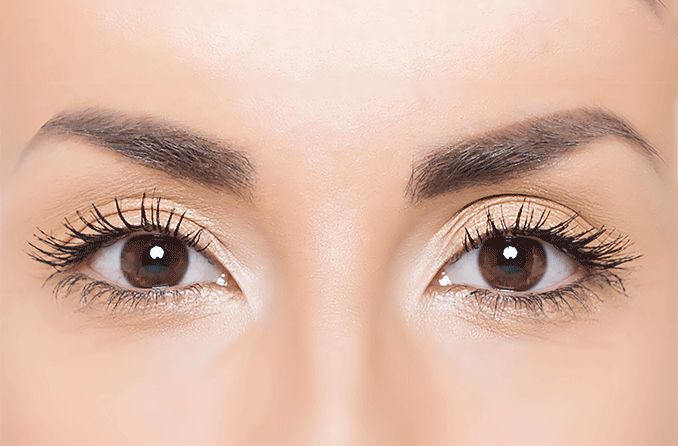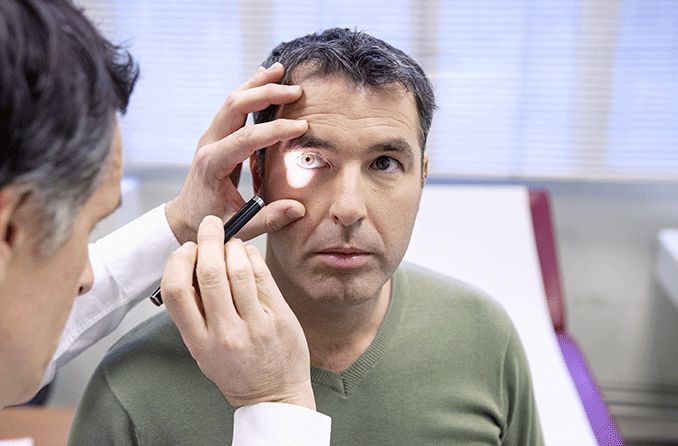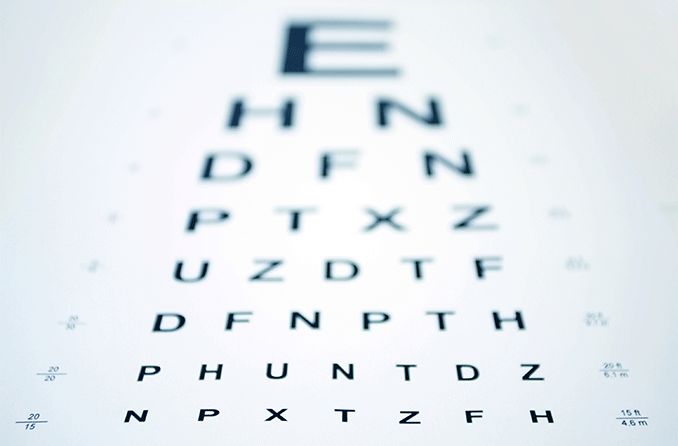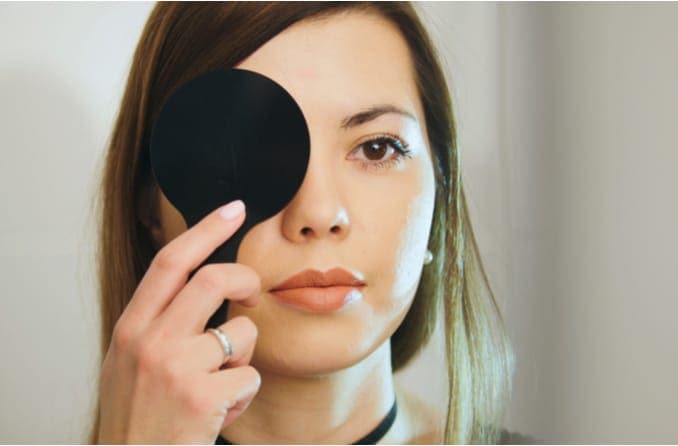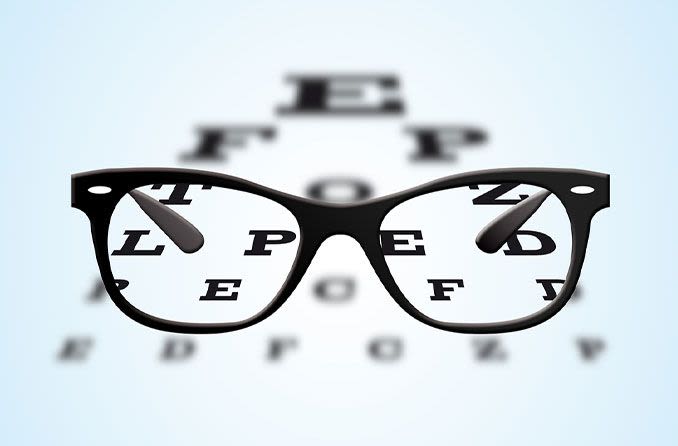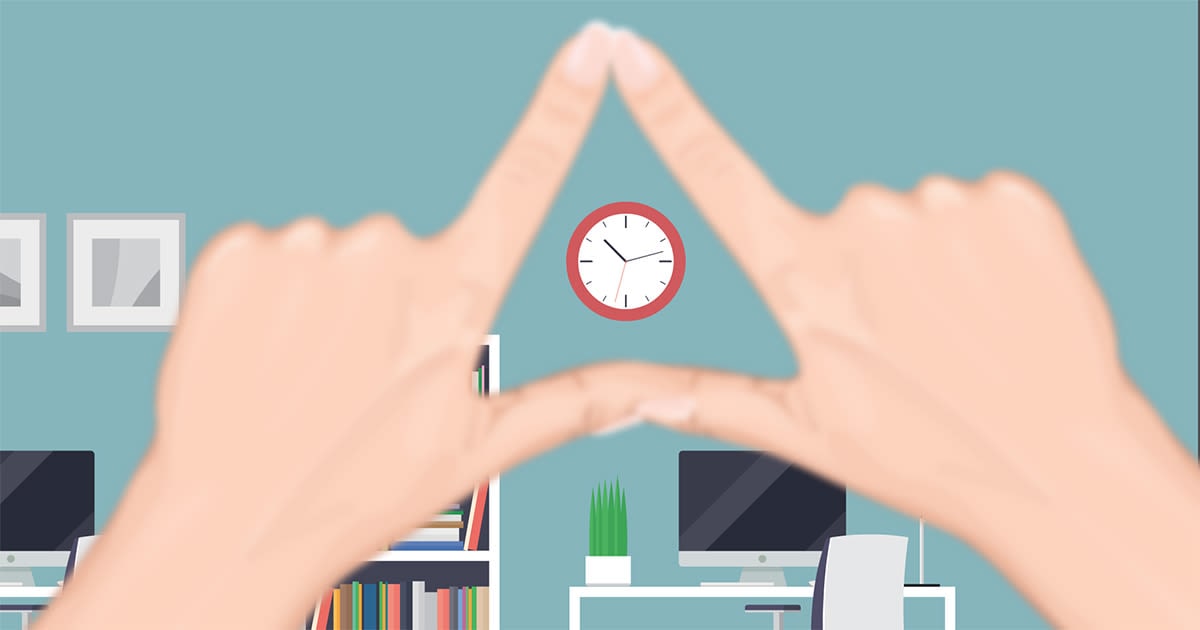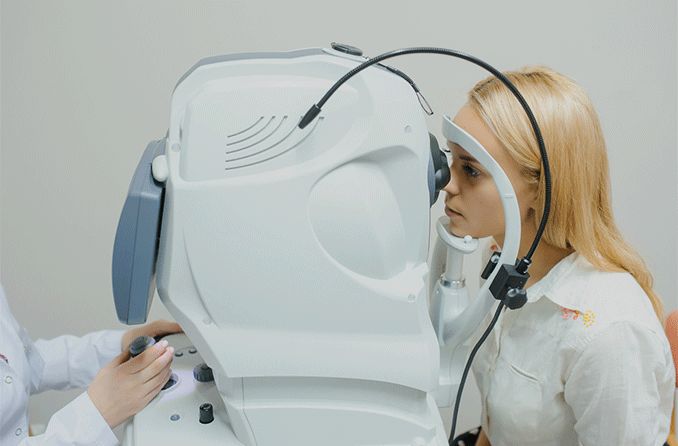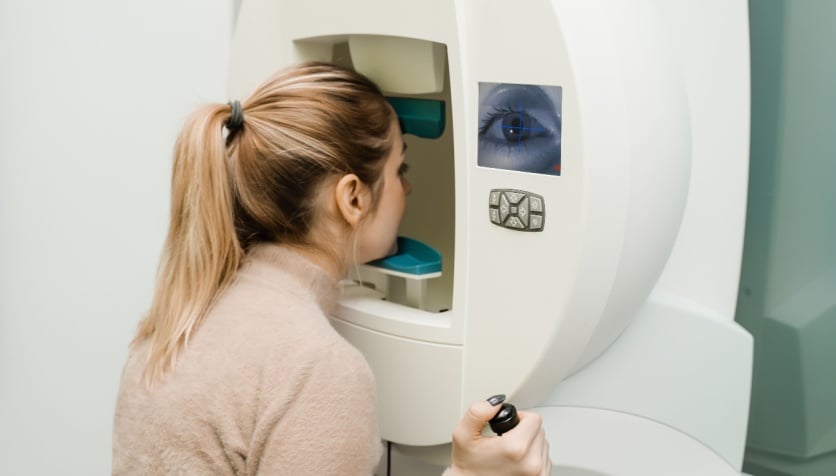What is a fluorescein stain test?
A fluorescein eye stain test is administered using a special dye to check the outside of your eye for injuries or irritation. During the stain test, an eye doctor blots the surface of the eye with a small strip of paper coated in orange fluorescein dye.
The eye doctor will then ask the patient to blink quickly. Blinking spreads the dye across the cornea, the outer layer of the eye.
Once the dye is evenly distributed across the surface, the doctor shines a blue light on the cornea. When the blue light illuminates the orange dye, any abrasions or debris along the cornea will appear with a greenish tint.
A fluorescein stain test takes only a minute or two. It’s usually painless, but some people report a slight stinging or scratchy feeling.
After the test, the dye’s orange color will go away on its own.
What can a fluorescein eye stain test detect?
Fluorescein stain tests give eye doctors a quick and easy way to detect a few different problems:
Eye abrasions and injuries
If you’ve ever experiencedpain on the surface of your eye, your level of discomfort may have ranged from irritating to debilitating.
A stinging, burning or scratching sensation could be caused by a corneal injury. It could also mean that a tiny object (or objects) is lodged in or around your eye.
Injury to the cornea can be caused by objects we use all the time. An accidental fingernail scratch is one of the most common culprits. Since the cornea is relatively fragile, it doesn’t take much force for a mistaken scratch to leave a painful abrasion on the surface.
Rubbing your eyes too harshly or frequently, along with other causes like severedry eye, can also lead to abrasions.
Your eye doctor will decide the best method of treatment, if any, depending on what they see during the fluorescein stain test.
SEE RELATED: Corneal abrasion symptoms and treatment
Debris in the eye
Eyelashes, dust particles and even grains of sand can get trapped between your eye and eyelids and irritate the cornea. When the sensitive surface of your eye is disrupted, it can make opening or moving your eye feel uncomfortable or painful.
A doctor may be able to remove the object in the office, or may recommend additional treatment.
Contact lens irritation
Newly prescribed contact lenses can irritate your cornea and cause discomfort.
Your eye doctor may use a fluorescein stain test to examine the amount of irritation and decide whether you should discontinue using that specific type of lens. The test’s results can help your eye doctor find different lenses that better cooperate with your eyes.
Infection or other disorders
The results of an eye stain test can point to a corneal infection, which can be caused by a scratch, foreign object or secondary eye condition. An ophthalmologist can help you determine whether further testing or treatment is needed.
Can fluorescein dye permanently stain your eye?
Fluorescein stain will not permanently stain your eye, but it will stain your contact lenses if you don’t remove them.
For this reason, your doctor will ask you to remove your contacts before they perform the test.
What’s the difference between a fluorescein eye stain test and a fluorescein angiography?
A fluorescein stain test focuses on the outside of the eye, but a fluorescein angiography looks inside.
While the eye stain test involves placing dye on the eye’s exterior, the angiography involves injecting a similar dye directly into the bloodstream.
During this test, an ophthalmologist dilates the pupils with eye drops and injects a small amount of dye into a vein in the patient’s arm. The eye doctor will then take pictures of the inside of the eye. These pictures are called fluorescein angiograms.
The doctor then uses a light to look into the patient’s eyes, taking note of any abnormalities along theretina — the thin layer of tissue along the back of the eye that plays a critical role in eyesight.
An angiography can be used to detect retinal issues due to injury or diseases such as diabetes and high blood pressure.

